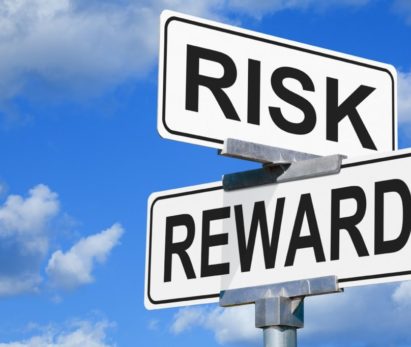The Art of Public Speaking
It was during a high school speech and debate class that I realized how exciting and rewarding speaking in front of a group can be. Most people, however, are not fond of it, and many are in fact terrified at the idea of it. So how does one go about tackling such a seemingly ominous challenge?
Get Comfortable With It
![]() Before one can master public speaking, it’s imperative to be internally and visibly at ease in front of groups of all sizes and professional calibers. And though talking to a crowd is a common fear said to be listed right up there with death, it’s one of those things in which a bit of practice goes a long way.
Before one can master public speaking, it’s imperative to be internally and visibly at ease in front of groups of all sizes and professional calibers. And though talking to a crowd is a common fear said to be listed right up there with death, it’s one of those things in which a bit of practice goes a long way.
Everyone likes stand-up comedy, right? But can you imagine being able to walk onto a stage and deliver your best material and efforts not knowing whether or not you’ll receive laughs? While you may have no interest in partaking in a local open mic night, it can be helpful to practice delivering your material to friends and family perhaps at dinner or a bar. Even speaking to your mirror while you’re getting ready in the morning will help you to see what mannerisms you may need to tweak and what facial expressions you should have throughout your delivery. It may sound silly, but surely Jerry Seinfeld would attest.
Get Good At It Attention, Please
Experts agree that the first 15 seconds of a speech or presentation is the most crucial part, as human nature drives the audience to pass judgment (and potentially gain or lose interest or trust) almost immediately. So be sure that your opening grabs them by the frontal lobes.
Make a Connection
To establish a personal connection is one of the key components in making a sale, and speaking to an audience you want to persuade is nothing short of a sales pitch. Mentioning things about your children, family, friends, or personal life in general is an easy segue into allowing the audience to see themselves in you (and ultimately allowing them to identify with your message).
Know Your Stuff
Having a depth of product knowledge builds confidence in the speaker as well as the audience (whether you’re literally selling a product or rather an idea or message), which is why being able to answer all possible questions and then some is paramount. A solid speaker is able to provide a new perspective on a common problem or situation that the audience never considered, so always make sure you’re talking about what you know about and you know about what you’re talking about.
Eye Spy
Some say that eye contact is an important part of public speaking, but the larger the group the less important it actually is. Eye contact is important in a more intimate conversational setting, whereas when you’re in front of a room, casting your gaze across the back wall and slightly above the audience members’ heads gives the impression that you’re making eye contact and a sense that you own the room.
You've Got This!
![]() Public speaking is not just an important skill for hobbyists or Ted speakers – anyone who intends to work in a professional domain should value and work toward the ability to deliver quality speaking to any and every audience. Einstein said if you can’t explain it simply, then you don’t know it well enough, which I think every professional should take as a challenge to achieve excellence in the art of selling a message or idea through speaking engagements.
Public speaking is not just an important skill for hobbyists or Ted speakers – anyone who intends to work in a professional domain should value and work toward the ability to deliver quality speaking to any and every audience. Einstein said if you can’t explain it simply, then you don’t know it well enough, which I think every professional should take as a challenge to achieve excellence in the art of selling a message or idea through speaking engagements.





